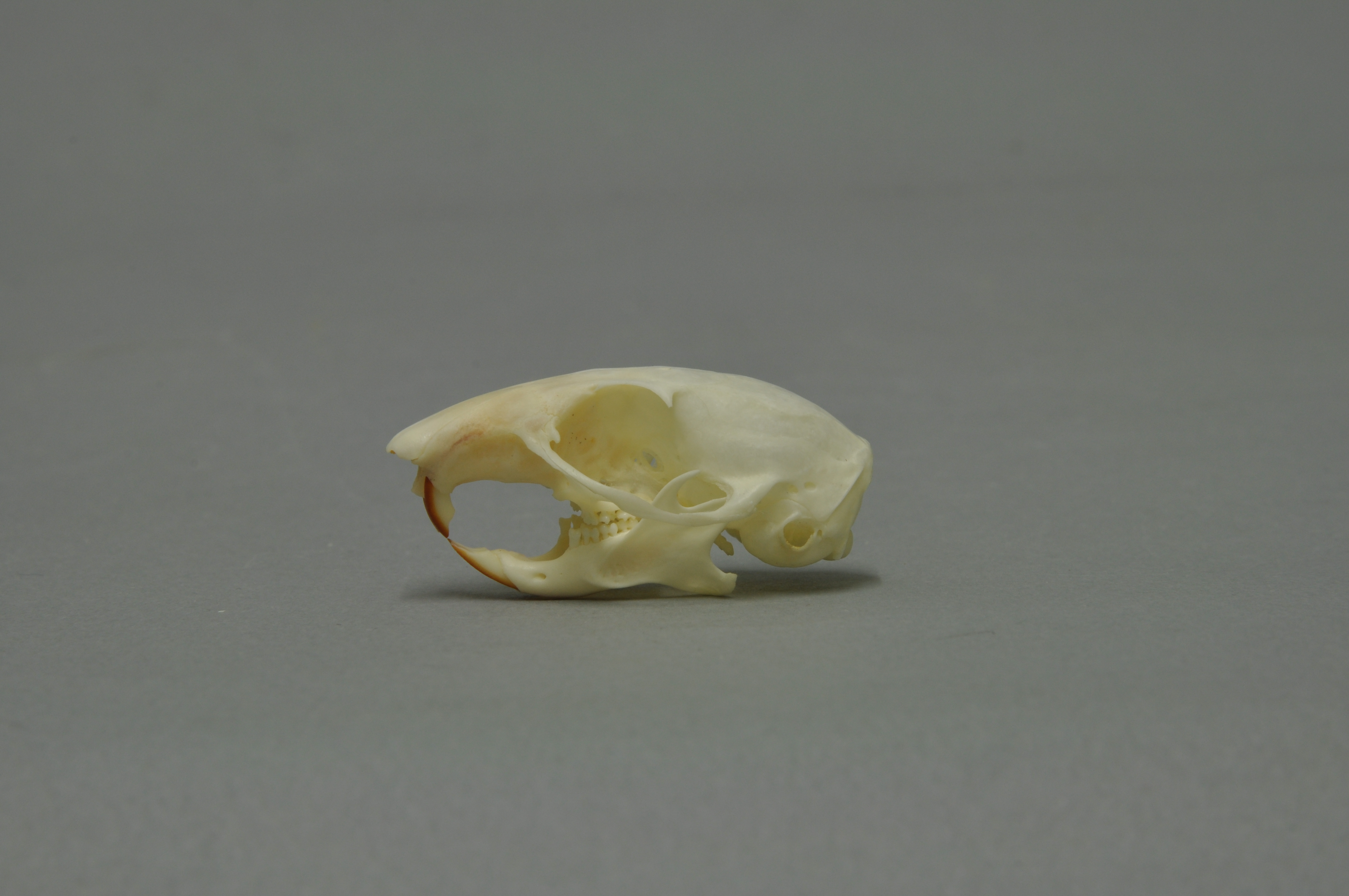Townsend's chipmunk on:
[Wikipedia]
[Google]
[Amazon]
Townsend's chipmunk (''Neotamias townsendii'') is a
 Townsend's chipmunk hibernates in regions where the winter is harsh, but in other parts of its range that have a more mild climate it can be active year-round. It is
Townsend's chipmunk hibernates in regions where the winter is harsh, but in other parts of its range that have a more mild climate it can be active year-round. It is
species
In biology, a species is the basic unit of classification and a taxonomic rank of an organism, as well as a unit of biodiversity. A species is often defined as the largest group of organisms in which any two individuals of the appropriate s ...
of rodent
Rodents (from Latin , 'to gnaw') are mammals of the order Rodentia (), which are characterized by a single pair of continuously growing incisors in each of the upper and lower jaws. About 40% of all mammal species are rodents. They are n ...
in the squirrel family, Sciuridae
Squirrels are members of the family Sciuridae, a family that includes small or medium-size rodents. The squirrel family includes tree squirrels, ground squirrels (including chipmunks and prairie dogs, among others), and flying squirrels. Squ ...
. It lives in the forests of the Pacific Northwest
The Pacific Northwest (sometimes Cascadia, or simply abbreviated as PNW) is a geographic region in western North America bounded by its coastal waters of the Pacific Ocean to the west and, loosely, by the Rocky Mountains to the east. Tho ...
of North America, from extreme southwestern British Columbia
British Columbia (commonly abbreviated as BC) is the westernmost province of Canada, situated between the Pacific Ocean and the Rocky Mountains. It has a diverse geography, with rugged landscapes that include rocky coastlines, sandy beaches, ...
through western Washington
Washington commonly refers to:
* Washington (state), United States
* Washington, D.C., the capital of the United States
** A metonym for the federal government of the United States
** Washington metropolitan area, the metropolitan area centered o ...
and western Oregon
Oregon () is a state in the Pacific Northwest region of the Western United States. The Columbia River delineates much of Oregon's northern boundary with Washington, while the Snake River delineates much of its eastern boundary with Idaho. T ...
. Townsend's chipmunk is named after John Kirk Townsend
John Kirk Townsend (August 10, 1809 – February 6, 1851) was an American naturalist, ornithologist and collector.
Townsend was a Quaker born in Philadelphia, the son of Charles Townsend and Priscilla Kirk. He attended Westtown School in ...
, an early 19th-century ornithologist.
Description
A largechipmunk
Chipmunks are small, striped rodents of the family Sciuridae. Chipmunks are found in North America, with the exception of the Siberian chipmunk which is found primarily in Asia.
Taxonomy and systematics
Chipmunks may be classified either as ...
, adults can be from nose to the tip of its tail. In much of its range, it is the only chipmunk; it can be identified by its tail which is grayish above and reddish below, and by its brown coloration with indistinct tawny stripes.
Biology
 Townsend's chipmunk hibernates in regions where the winter is harsh, but in other parts of its range that have a more mild climate it can be active year-round. It is
Townsend's chipmunk hibernates in regions where the winter is harsh, but in other parts of its range that have a more mild climate it can be active year-round. It is omnivorous
An omnivore () is an animal that has the ability to eat and survive on both plant and animal matter. Obtaining energy and nutrients from plant and animal matter, omnivores digest carbohydrates, protein, fat, and fiber, and metabolize the nut ...
, eating a variety of plants and insects and even birds' eggs. Townsend's chipmunks in the Oregon Coast Range
The Oregon Coast Range, often called simply the Coast Range and sometimes the Pacific Coast Range, is a mountain range, in the Pacific Coast Ranges physiographic region, in the U.S. state of Oregon along the Pacific Ocean. This north-south ru ...
have higher population densities in areas with dense shrubbery, especially salal (''Gaultheria shallon
''Gaultheria shallon'' is an evergreen shrub in the heather family (biology), family (Ericaceae), native to western North America. In English, it is known as salal, shallon, or (mainly in Britain) gaultheria.
Description
''Gaultheria shallo ...
''). In the summer and early fall, Townsend's chipmunks eat blackberries, salal berries, and thimble berries. In the late fall, they eat acorns, huckleberries, maple seeds, thistle seeds, grain seeds, grass, roots, and conifer seeds.
References
{{Taxonbar, from1=Q24662794, from2=Q1768062 Neotamias Mammals described in 1839 Taxonomy articles created by Polbot Taxa named by John Bachman Mammals of the United States Mammals of Canada Endemic fauna of the Pacific Northwest